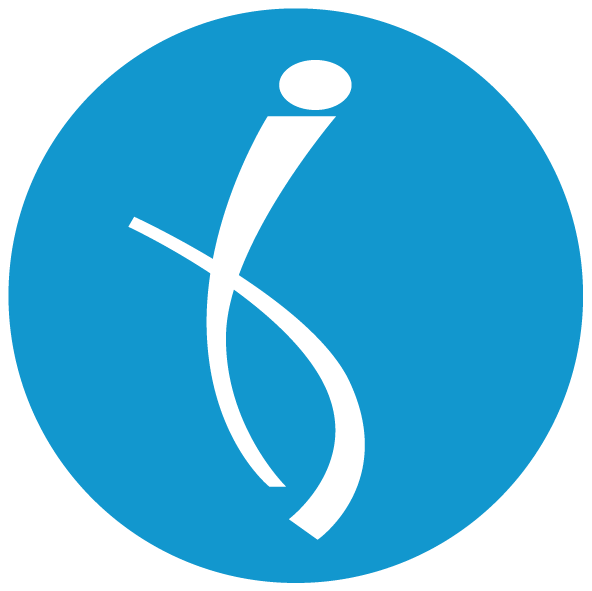 Neural Manipulation (NM) was developed in clinical practice collaboratively by French osteopaths Alain Croibier and Jean-Pierre Barral. Neural Maniputation examines mechanical relationships between the cranium/spine hard frame to the dural and neural elements. The NM techniques provide assesement and treatment approaches to address restrlictions of the dural and neural components not commonly focused on with musculoskeletal symptoms. Neural Manipulation identifies and releases local nerve restrictions while at the same time examines the effect these local fixations have on the rest of the body, and accessing this relationship, resolves the more comprehensive (global) dysfunctional patterns.
Neural Manipulation (NM) was developed in clinical practice collaboratively by French osteopaths Alain Croibier and Jean-Pierre Barral. Neural Maniputation examines mechanical relationships between the cranium/spine hard frame to the dural and neural elements. The NM techniques provide assesement and treatment approaches to address restrlictions of the dural and neural components not commonly focused on with musculoskeletal symptoms. Neural Manipulation identifies and releases local nerve restrictions while at the same time examines the effect these local fixations have on the rest of the body, and accessing this relationship, resolves the more comprehensive (global) dysfunctional patterns.
A nerve only functions correctly when it is able to move freely within its surrounding structures. The morality of Neural Manipulation facilitates nerve and conductivity and intra-neural blood supply for local and systemic responsiveness. By understanding the detailed anatomy of the neural manipulation, one can clearly see the potential for pathological change when nerves are restricted.
When a nerve is fixed, it typically looses its ability to glide and/or stretch in length. The intra- or peri-neural pressure dramatically increases, at the same time there are changes in consistency. The nerve pathway shows functional interference such blood supply or electric and/or electromagnetic conductivity. With fixation, smaller nerve sections can harden. They can feel like buds and can be sensitive or painful to the touch. Such 'nerve buds' are an indication of an intra-neural interference, an overload of physiological pressure points or a local fibrosis. Nerve bubs can be released very quickly, sometimes within one session.
It is important to note that release of these nerve buds can have a favorable effect on the functioning of the corresponding visceral organs. Visceral Manipulation techniques can affect the movement apparatus and vice versa.
Neural Manipulation is performed through precisely applied pressure. The tension of the perineurium and all other neural connective tissues is transmitted down to the root sheaths, so the distal contact has a central effect mechanically and reflexogenically.



